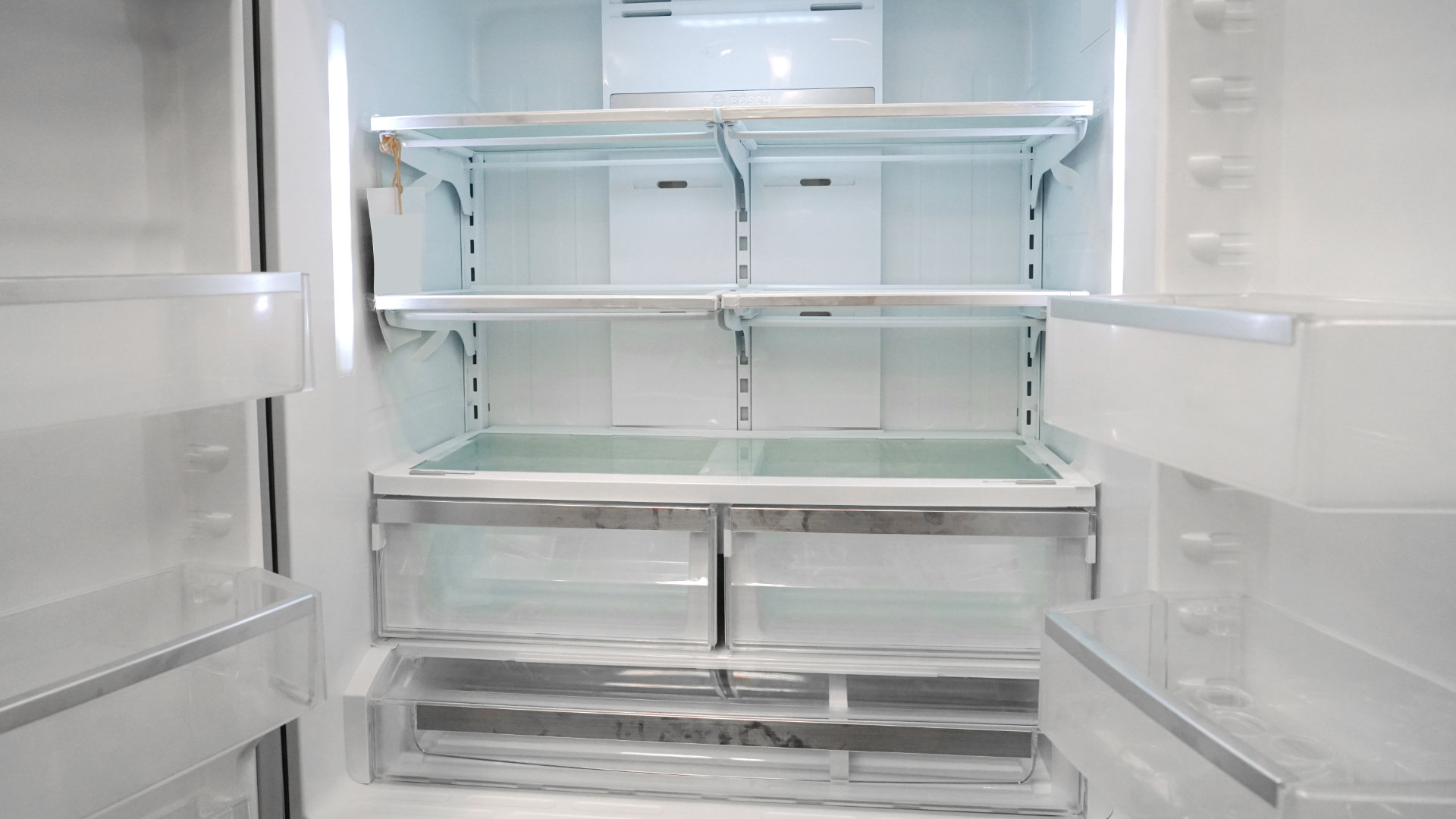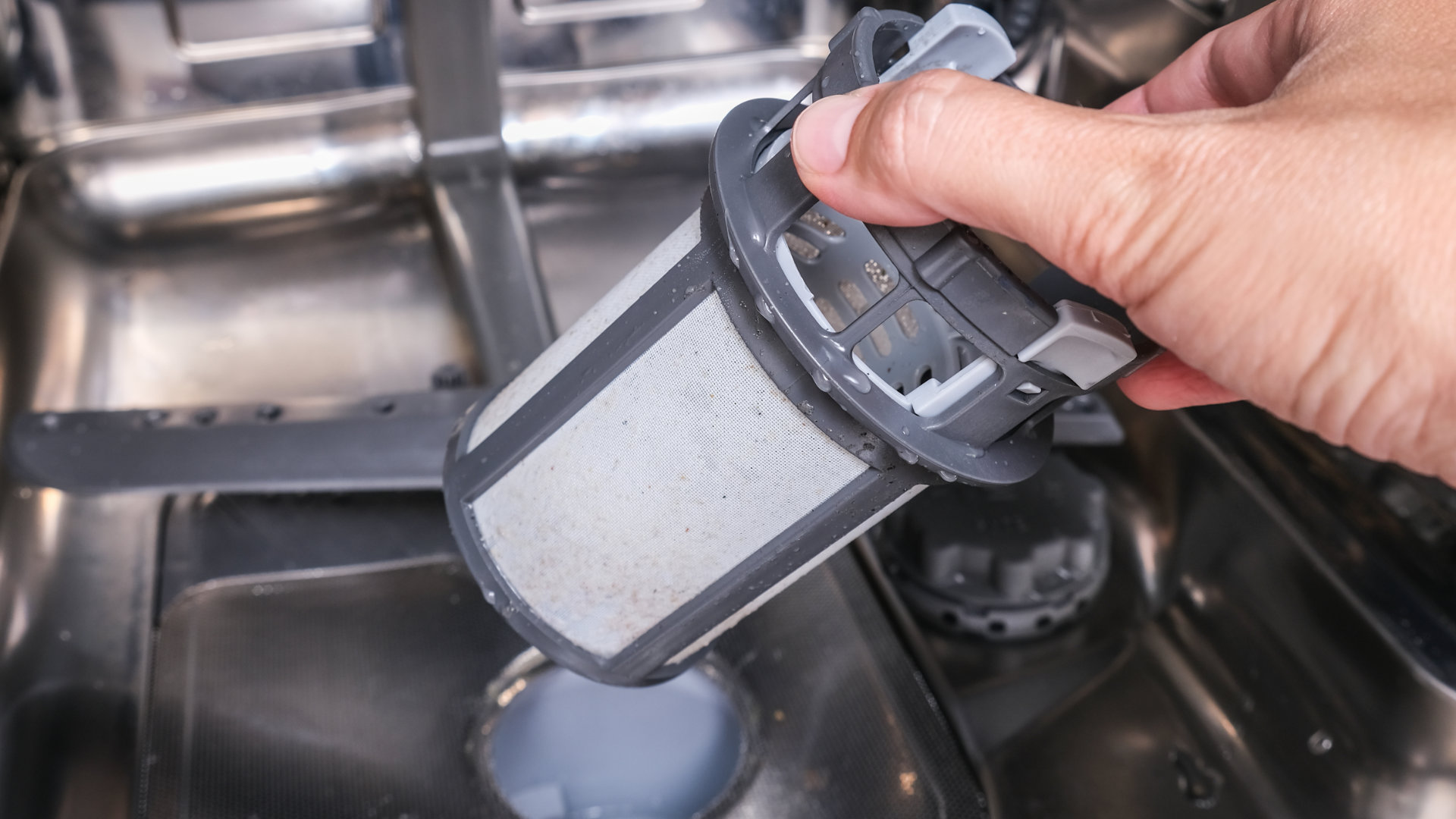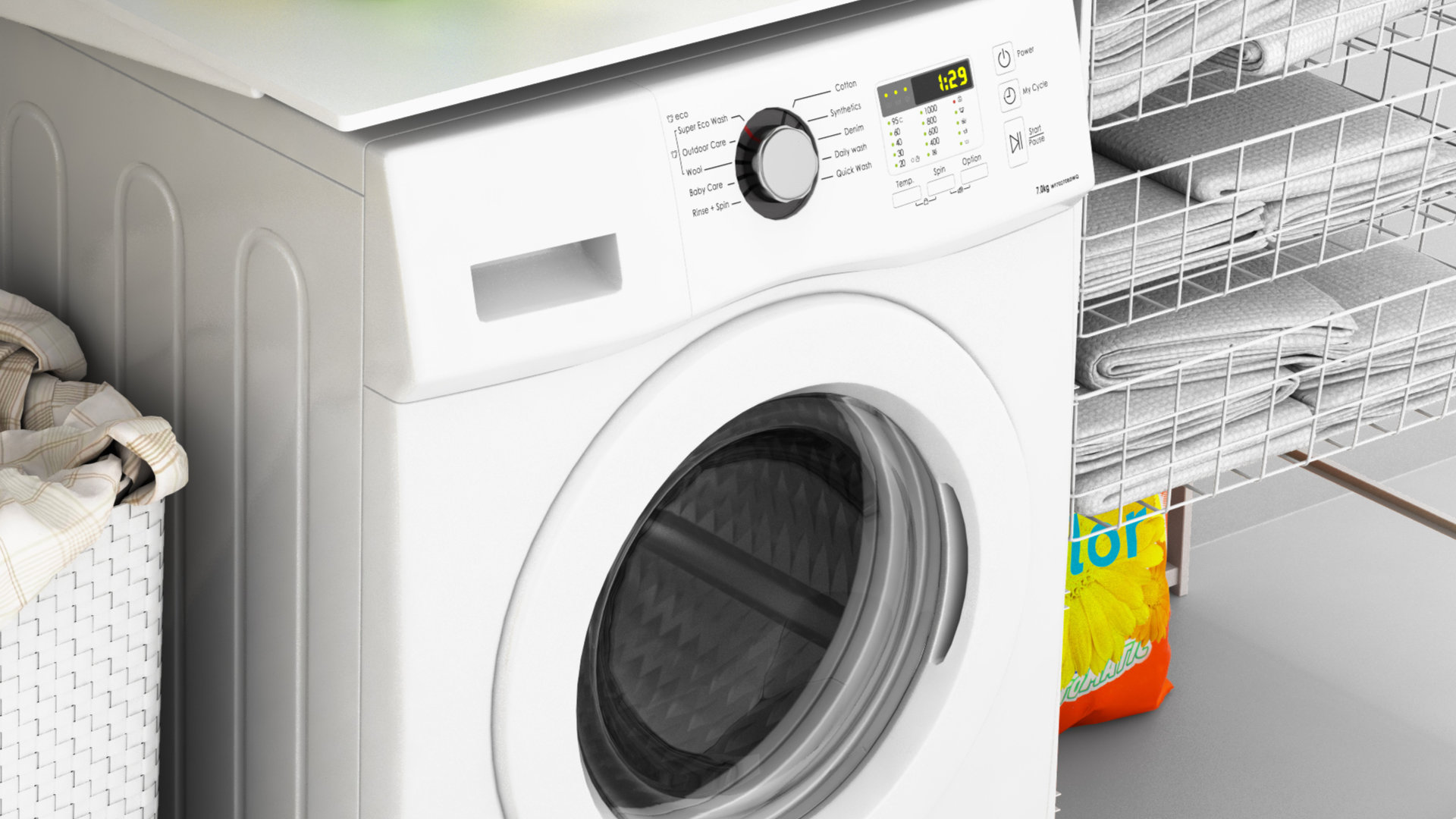
Is the ice cream in your freezer a little too soft or did the milk in your Frigidaire refrigerator go sour faster than usual? If the answer is yes, you’re likely dealing with rising temperatures in your appliance. While there are a variety of parts that can cause a warm refrigerator and freezer, two components that are commonly behind the malfunction are the evaporator fan motor and the start relay. Luckily, replacing either part is not difficult.
Check the Condenser Coils
Before you jump into a repair, we suggest you examine the refrigerator condenser coils. The coils are prone to collecting dust and dirt. Unfortunately, if the part is not cleaned at least twice a year, the dirt will accumulate, meaning the refrigerator’s ability to stay cool will diminish. Simply cleaning the coils will correct your appliance’s temperature issue. However, if you don’t continue to clean the condenser coils on a regular basis, you will run into the same issue sooner than later.
If you know the condenser coils are not the cause of your refrigerator’s rising temperature, the step-by-step repair instructions provided below will help you fix the malfunction.
Refrigerator Repair Safety Tips
- Always unplug your appliance and turn off its water supply before starting a repair.
- Wear work gloves and safety goggles to avoid an injury while fixing your refrigerator.
- If you run into any issues during your refrigerator repair and feel as though you cannot safely continue, please contact an appliance repair technician to finish the job.
The Evaporator Fan Motor
Located at the back of your freezer, the evaporator fan motor pulls air over the evaporator coils. This action removes heat from the air inside the compartment. The motor is also responsible for circulating the cooled air into the fresh food compartment. If the motor is faulty, the evaporator fan won’t rotate, meaning the air inside the appliance will not cool down.
How to Replace the Evaporator Fan Motor in Your Frigidaire Refrigerator
- Open the freezer door and take out all the shelves and baskets blocking the back panel.
- Using a 1/4in nut driver to unthread the screws holding the shelving brackets to the freezer’s side walls, and then pull the brackets off and out of the freezer.
- Remove the screws securing the freezer’s lower back panel. Take the panel off the wall and place it somewhere safe outside of the refrigerator.
- While you don’t need to remove the top back panel, you do need to unthread the two bolts holding the panel in place. Then, rotate the back panel up and tape it to the underbelly of the ice maker. Doing so will give you full access to the evaporator fan motor assembly.
- Now you’ll need to take the evaporator fan motor out of the metal housing it sits in. To do so, disconnect the wires running to the motor. Then, simply take the metal housing with the motor still attached out of the freezer.
- Use your ¼ in nut driver to remove the mounting screws holding the motor to the metal housing. Once the screws are out, remove the evaporator fan assembly from its housing. Then, pull the evaporator fan off the motor shaft. Next, uninstall the metal mounting bracket from the motor.
- Begin installing the new evaporator fan motor by attaching the mounting bracket to the new component. Then, slide the fan back on the motor shaft. Next, place the motor on its metal housing and tighten the mounting screws that secure the evaporator motor.
- Before you can put the new motor in the refrigerator, you’ll need to prepare the wires. To do so, grab a pair of wire strippers and remove the insulation on the end of each wire. Then, add a butt connector to the ends of the stripped wires. Finally, attach the grounding wire to the metal housing.
- Now that the motor wires are properly prepared, head back to the refrigerator and cut off the ends of the original wire harness, and then strip the three wires. Next, insert the original wires into the butt connectors on the new evaporator motor. Then, plug the wire harness into the back of the refrigerator.
- Place the evaporator fan motor and its housing into the refrigerator and lower the top, rear panel. Reinsert the panel screws and tighten them to secure the part.
- Replace the bottom, rear panel, and rethread the panel screws.
- Finish up the repair by reinstalling the shelving brackets and reinserting the shelves and baskets.
The Run Capacitor
The run capacitor helps the compressor start-up. A faulty capacitor may cause the compressor to run inconsistently, which can result in a non-cooling refrigerator. Replacing the run capacitor is fairly easy and shouldn’t take long.
How to Replace the Run Capacitor in Your Frigidaire Refrigerator
- Head to the back of your refrigerator and take off the lower rear panel by removing the six mounting screws.
- You’ll find the run capacitor mounted on the compressor which is located on the left side of your refrigerator.
- To uninstall the capacitor, use a pair of needle nose pliers to unhook the retaining clip holding the capacitor to the side of the compressor. Then, remove the capacitor from the compressor and out of your refrigerator.
- Grab the new run capacitor and line it up on the compressor before pushing the component into place. Then, using your needle nose pliers rehook the retaining clip to secure the capacitor to the compressor.
- Next, close up your refrigerator by reinstalling the back panel and replacing the mounting screws.
Unfortunately, Spoiled food is one of the first signs your refrigerator isn’t cold enough. Although a faulty evaporator fan motor or a damaged run capacitor are two of the most common causes behind a non-cooling refrigerator, they aren’t the only components that can lead to this type of malfunctioning. If the evaporator motor and the capacitor are functioning properly, please contact us today, and we’ll send one of our highly trained appliance repair technicians to your home to diagnose and fix the problem.

How to Reset a Whirlpool Refrigerator Ice Maker

6 Reasons Your LG Refrigerator Is Not Making Ice

Kenmore Fridge Ice Maker Not Working? 5 Ways to Fix It

How to Remove Fish Smell from Your Refrigerator

How To Fix Bosch Dishwasher E24 Error

Troubleshooting a Whirlpool Dishwasher Not Draining

Why Is Your Fridge Water Not Working, but Ice Is?

How to Fix the E15 Bosch Dishwasher Error Code

How Much Power Does a Microwave Use?

How to Properly Clean Refrigerator Coils

How to Fix an LG Washer Showing OE Error Code

Troubleshooting a GE Dishwasher with No Power and No Lights

10 Reasons Why Your Bosch Dishwasher Won’t Start

Troubleshooting the F5 Error Code with a Maytag Washer


